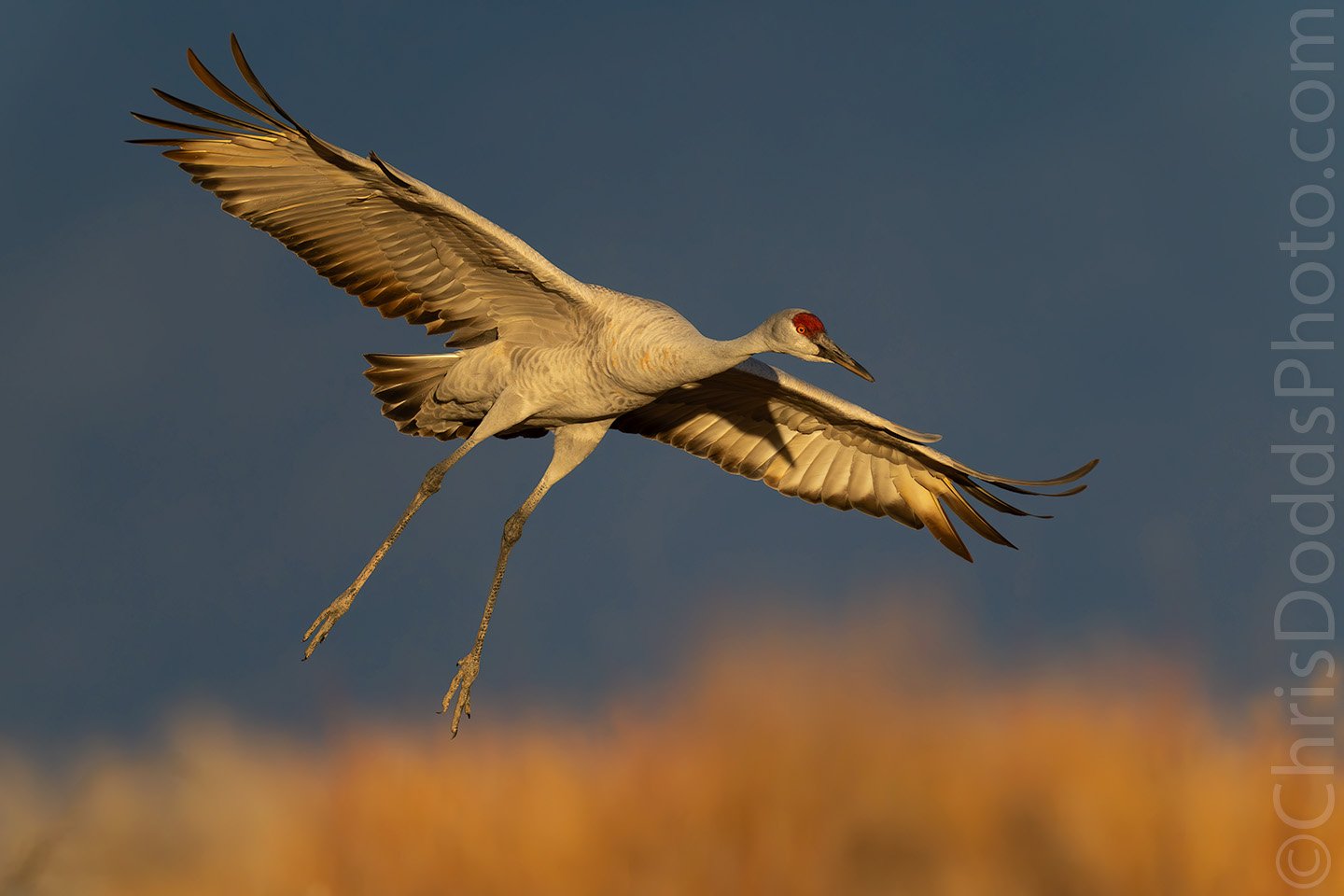A lone Coyote photographed during my Best of Bosque Workshop in New Mexico. We have had some pretty amazing encounters with Coyotes over the years. Once I realized that this Coyote was headed down a dirt road our way, we slowly crouched and waited for its close approach; we were lucky that it chose the edge of a clearing to pause for photos.
A couple of spots remain for my Dec. 5-9, 2024, Best of Bosque Workshop. Join me and my small group of six photographers for five full days of photography in and around Bosque del Apache.
Coyote (Canis latrans) from my Best of Bosque workshop. Bosque del Apache National Wildlife Refuge, San Antonio, New Mexico, USA. Image Copyright ©Christopher Dodds. Sony a1 Mirrorless camera & Sony FE 600mm f/4 G Master OSS Lens with Sony FE 2X Teleconverter @1,200mm ISO 2,500, f/8 @ 1/500s Manual exposure. Sony animal eye auto-focus. Full Frame image.

























